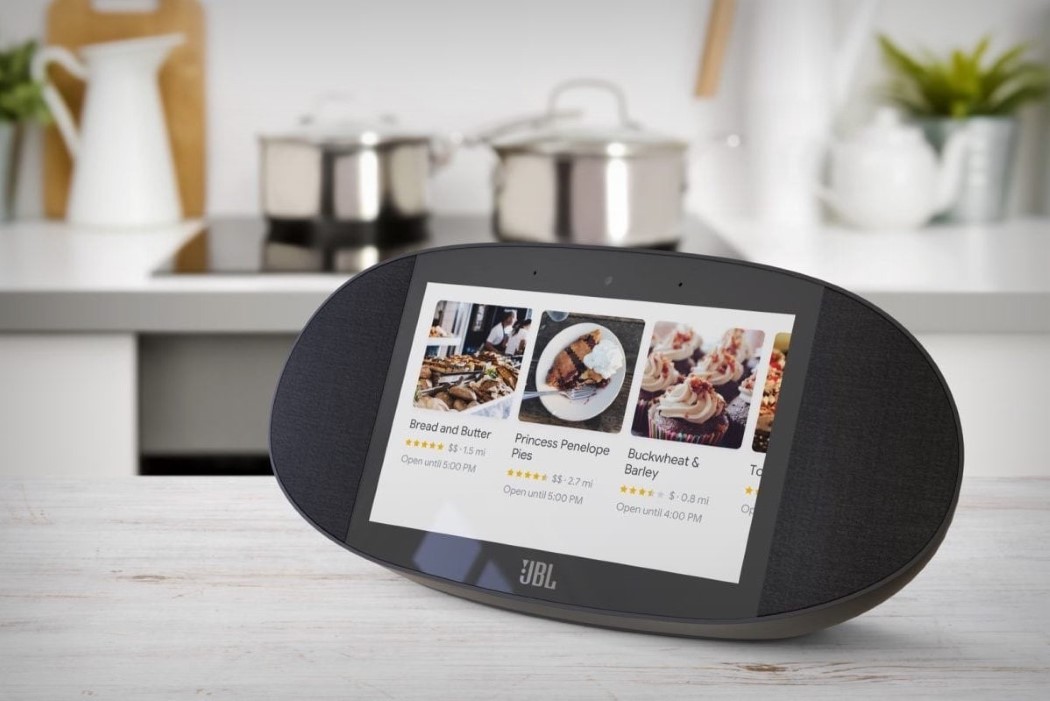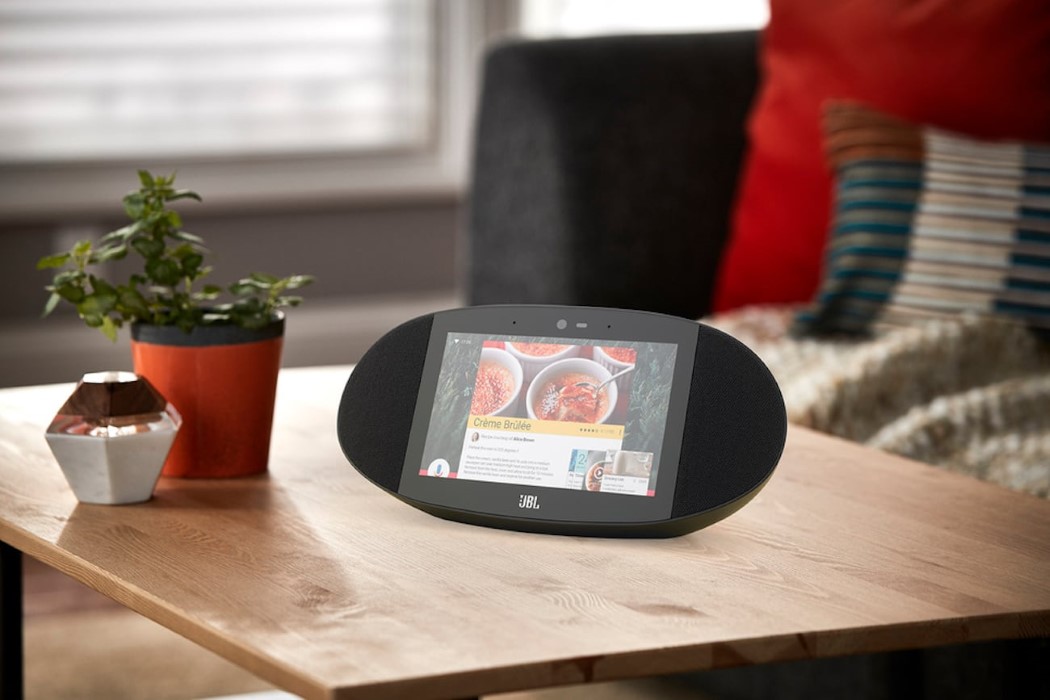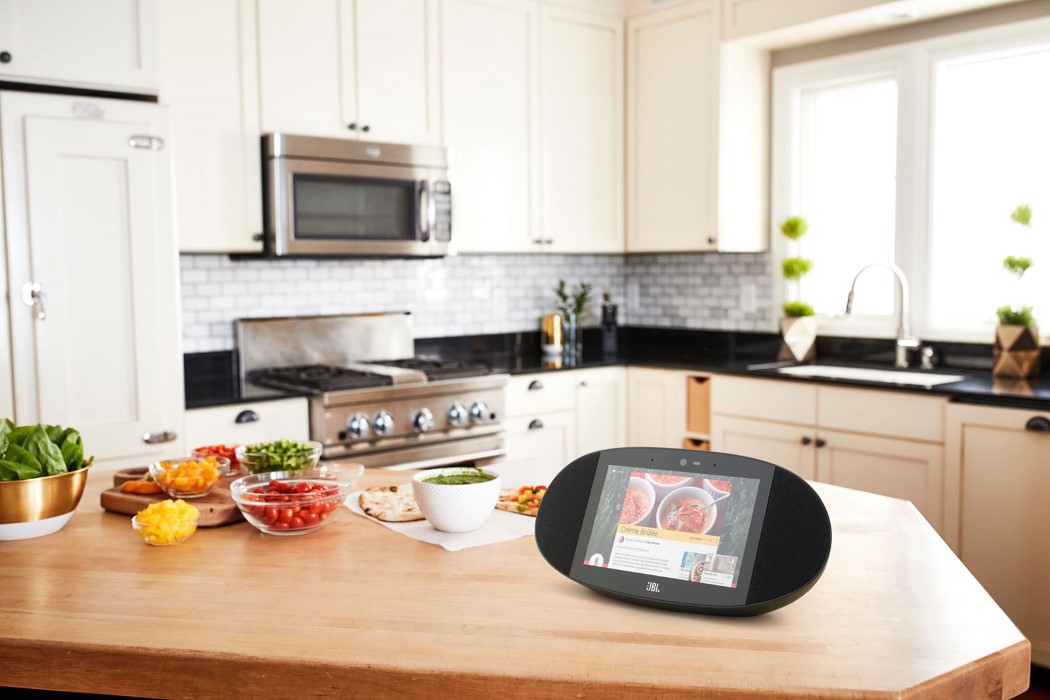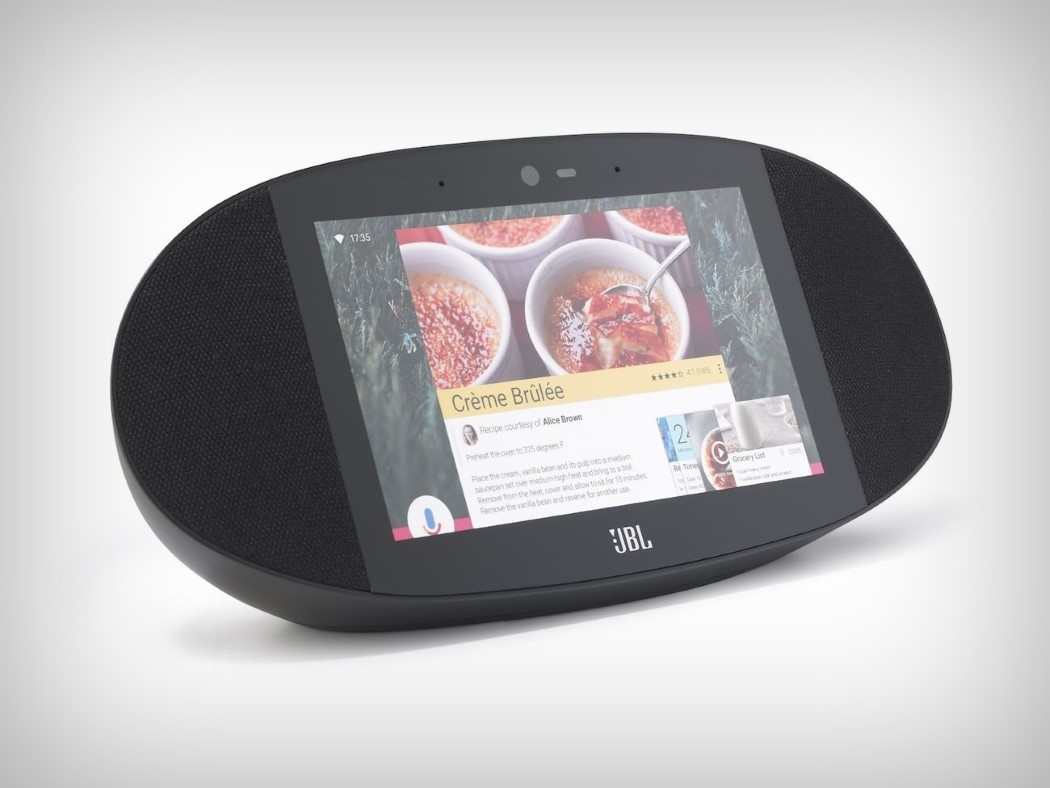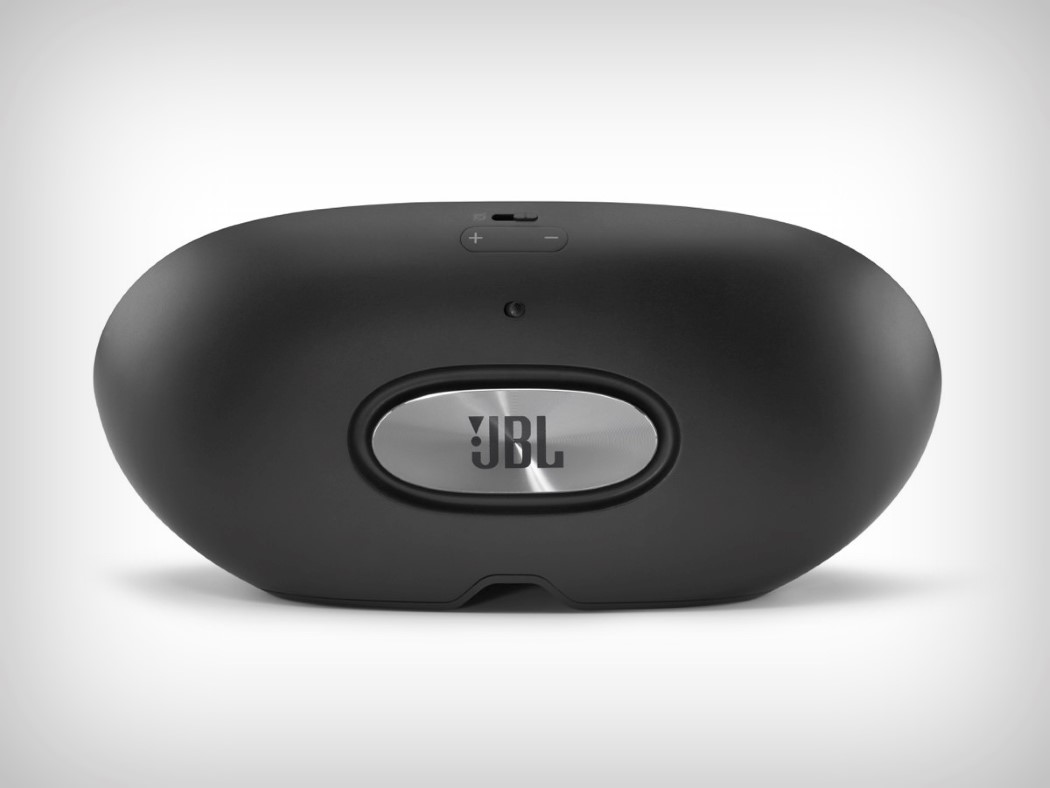
Watch NVIDIA’s CES press conference in 13 minutes


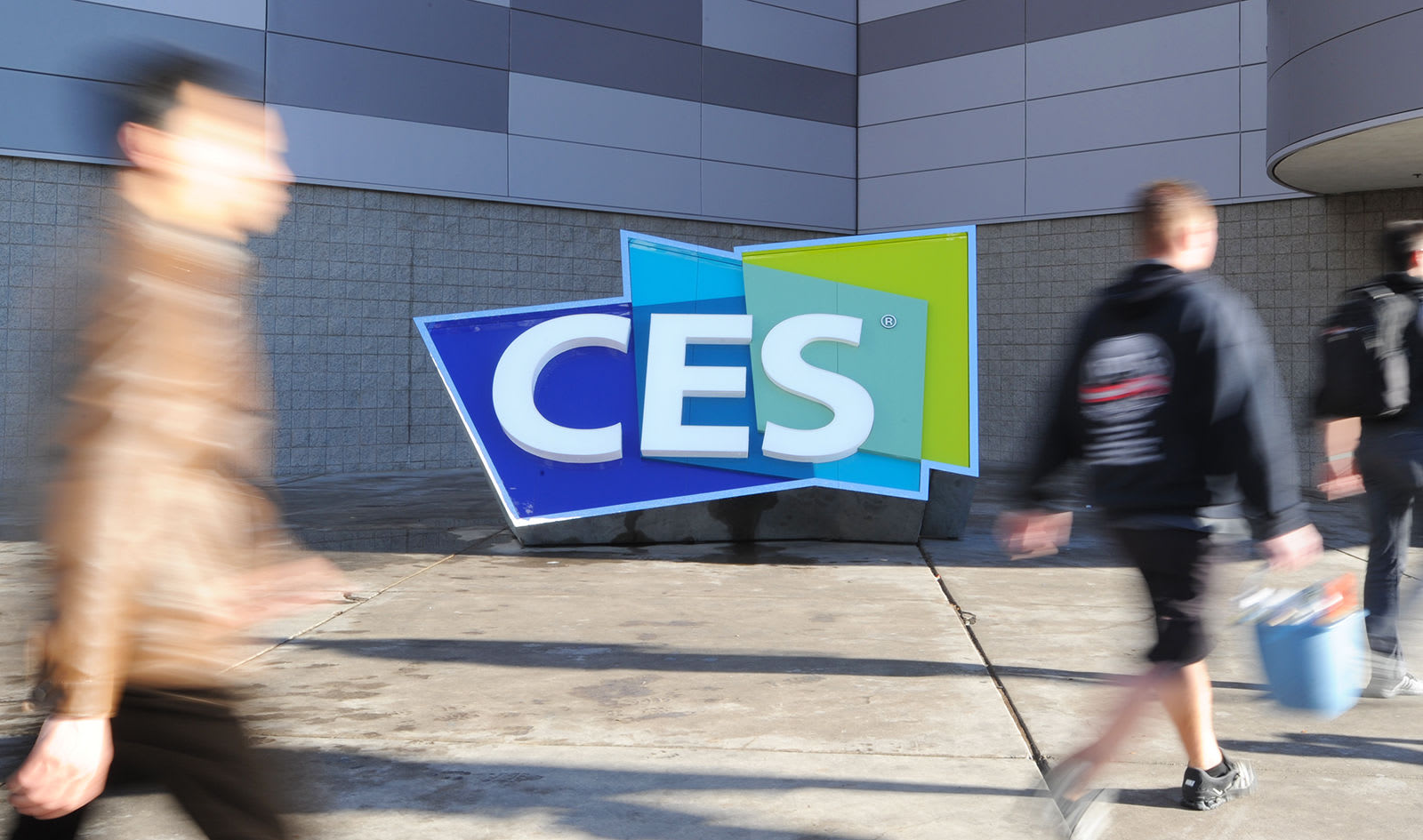 We're not quite done dusting off the glitter from our New Year's Day celebrations, but it's time to turn our attention once again to that other big event in January: the Consumer Electronics Show (CES). Yes, the annual flurry of tech and gadgets retu...
We're not quite done dusting off the glitter from our New Year's Day celebrations, but it's time to turn our attention once again to that other big event in January: the Consumer Electronics Show (CES). Yes, the annual flurry of tech and gadgets retu...
With its feet on the ground but eyes affixed upward, the Vestaboard is a beautiful combination of past and future. If you’re the kind of person who’s tired of seeing pixels and displays everywhere you go, Vestaboard is honestly the best-aboard (I couldn’t resist). Literally a massive flip-board display, the Vestaboard has 161 individual flipping modules that can iterate text and even color.
Connecting to your smartphone, the Vestaboard becomes the enchantingly dynamic display that shows you everything from tweets to texts, to the weather forecast, to even your scheduled appointments. It can even allow you to set your own messages, giving your guests something to talk about. What’s beautiful about the Vestaboard is its interactive, mechanical movement as well as the nostalgia that it brings out from within us. There’s something incredibly timeless about technologies from the past, for instance, flipboard displays and nixie tubes, and no matter how small pixels become and how incredible screen resolutions get, there’s nothing that engages curiosity and delights more than things of the past!
Designer: Vestaboard

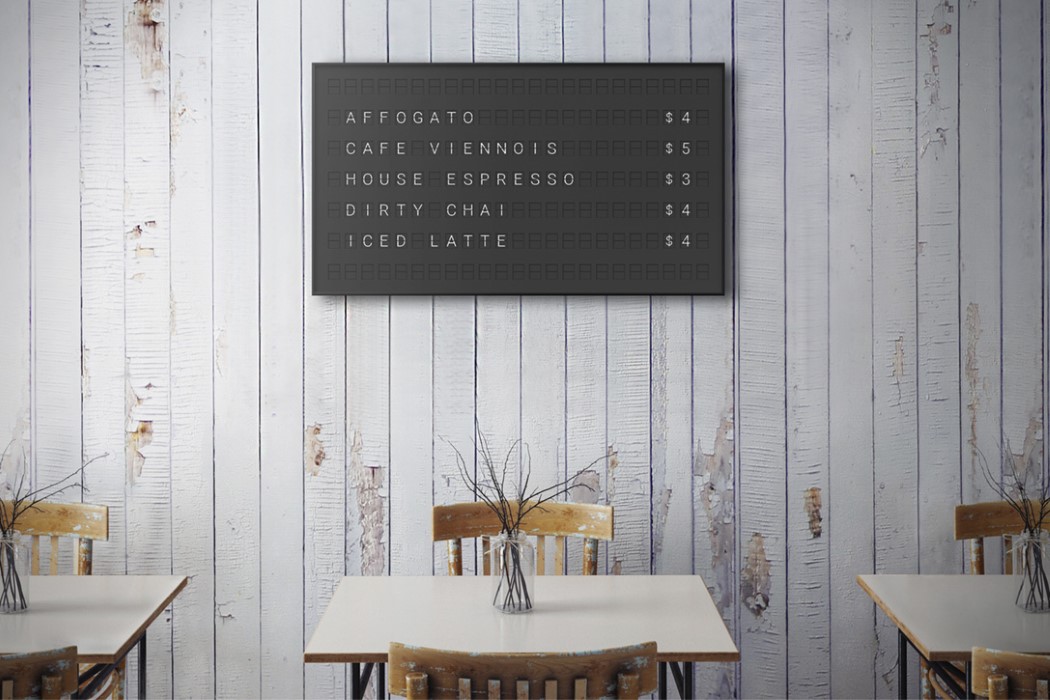
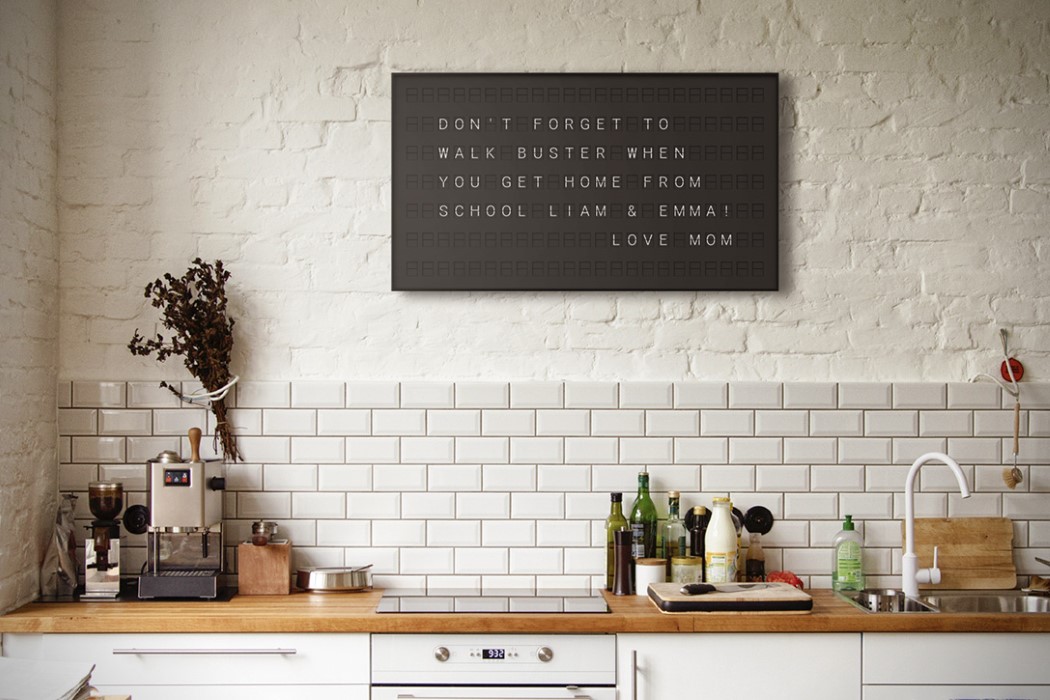
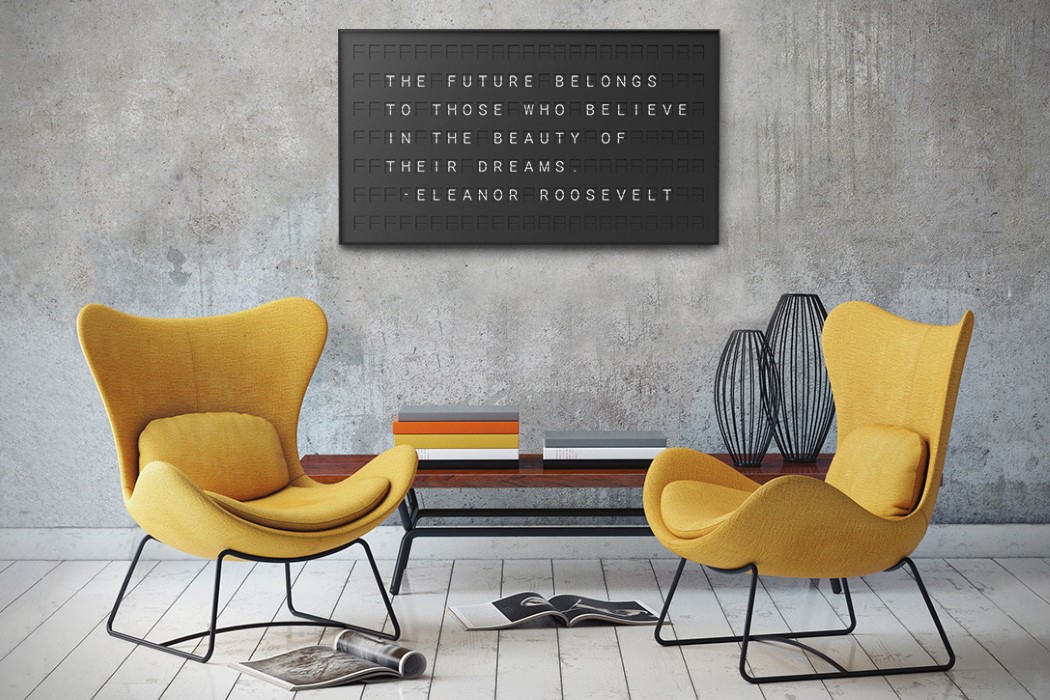
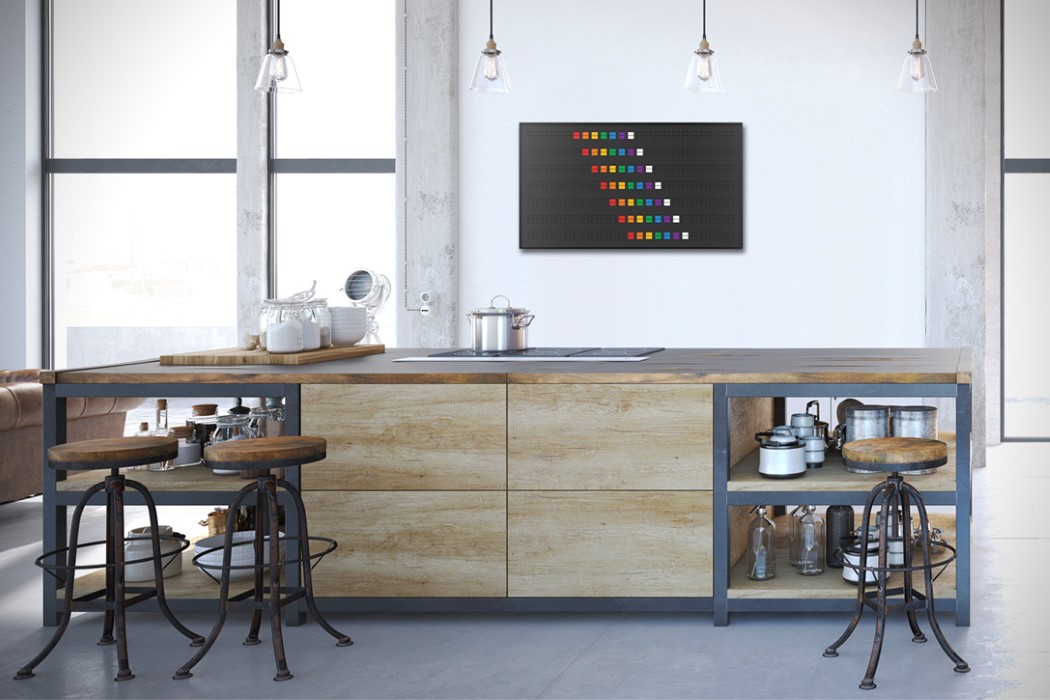
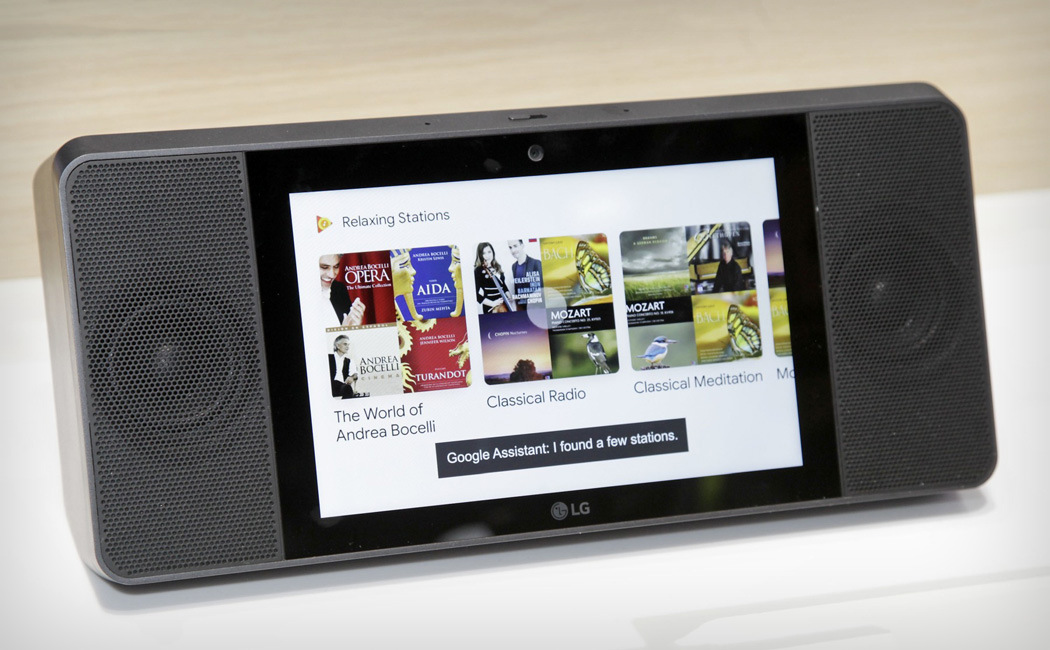
It appears as though the days of just walking into Best Buy and buying a simple speaker might just be up. Smart speakers are popping up all over the place, and this is no surprise with how advanced Google Assistant and Amazon Alexa are becoming. So what happens when the market for smart speakers becomes densely populated? Stick a screen on it.
This may or may not be the design thought behind the LG ThinQ Google Assistant Touch Screen Speaker, but I kind of like it. The ThinQ boasts a high sound quality from Meridian Audio’s advanced technologies on either side of its 8-inch touch display (with built-in Chromecast) and accompanying front-facing camera. Ideal for video calls through Google Duo, this smart speaker’s functionality is really determined by the room/activity you need it for. For example, if you’re cooking and want to see the recipe step by step, the ThinQ would be perfect – it would be even more perfect if you needed to hear it at full blast in ultra high-quality sound… With pricing and a release date yet to be announced, it should be interesting to see where this will fall in regards to the competition.
Designer: LG
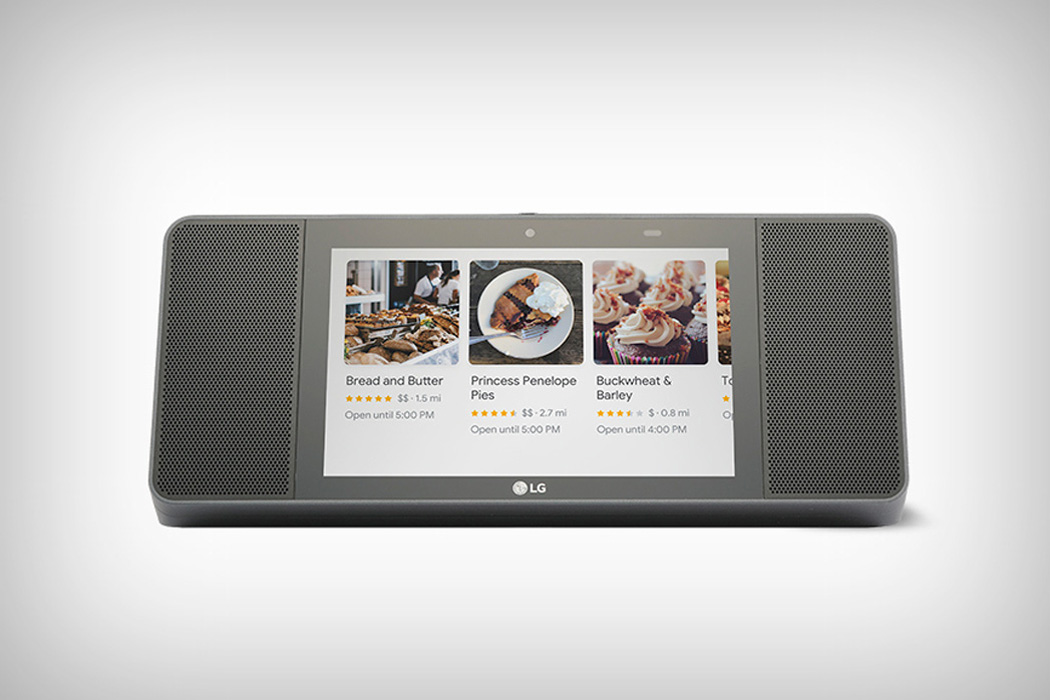
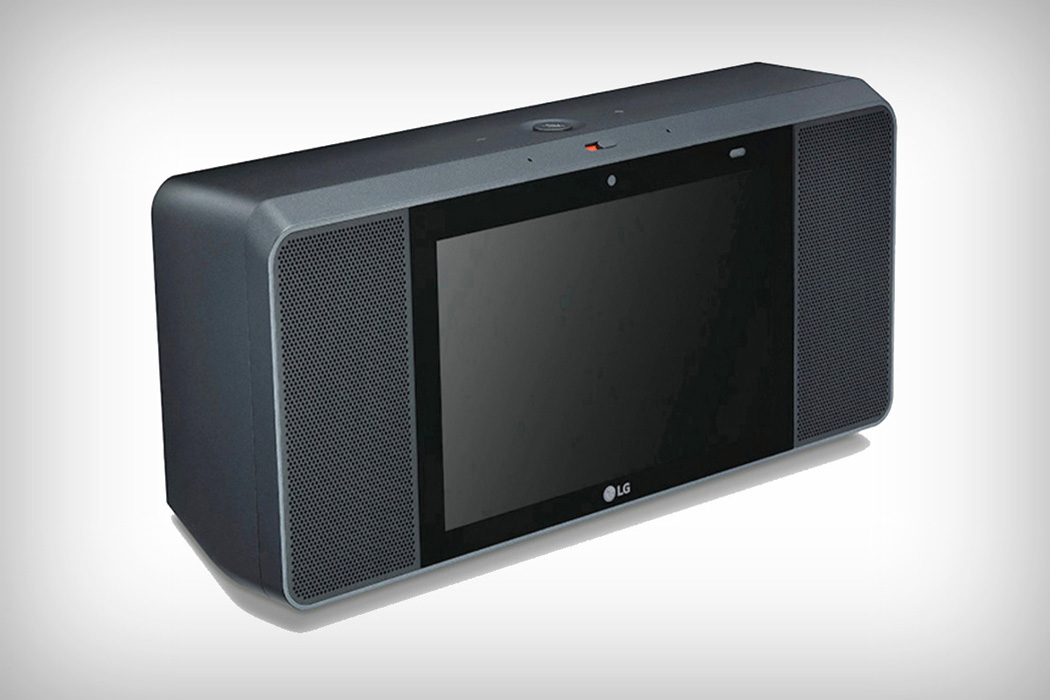
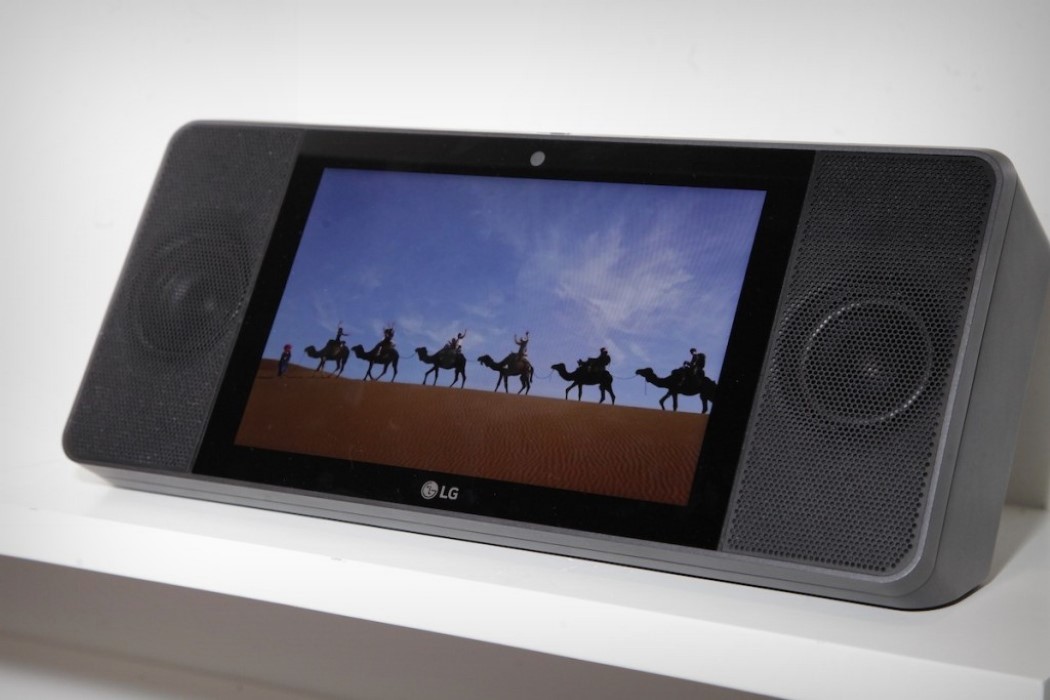
After getting into a fight with mainly his entire family, Kevin McCallister got sent to the third floor of the house by his mom and upon doing so wished his family would disappear – and they did. Sound familiar? It should. The new speaker released by Mitipi is called Kevin, and after you finish this article, you’ll understand why this speaker is so aptly named.
When you leave your home for long extended periods of time, Kevin (the smart speaker) will control lights, turn on and off the TV and play various sounds/music that will make it look like Kevin (McCallister) were there himself. It’s advised to leave the speaker in an area where it will be most effective, and ill tell you why. Once you’re gone, Kevin will start cycling through sounds and light sequences that make sense for their respective timestamp in the day, and the room that it’s in even influences it. It is wedged full of different sounds and scenarios that Mitipi claims should have weeks of content, preventing the possibility of a loop being detected.
The front of this guy looks just like any other speaker, a little bigger than most, but the rear is where it all changes. A mix of varies LEDs sink into the rear body which helps amplify those projections to scare away those pesky burglars.
Designer: Mitipi
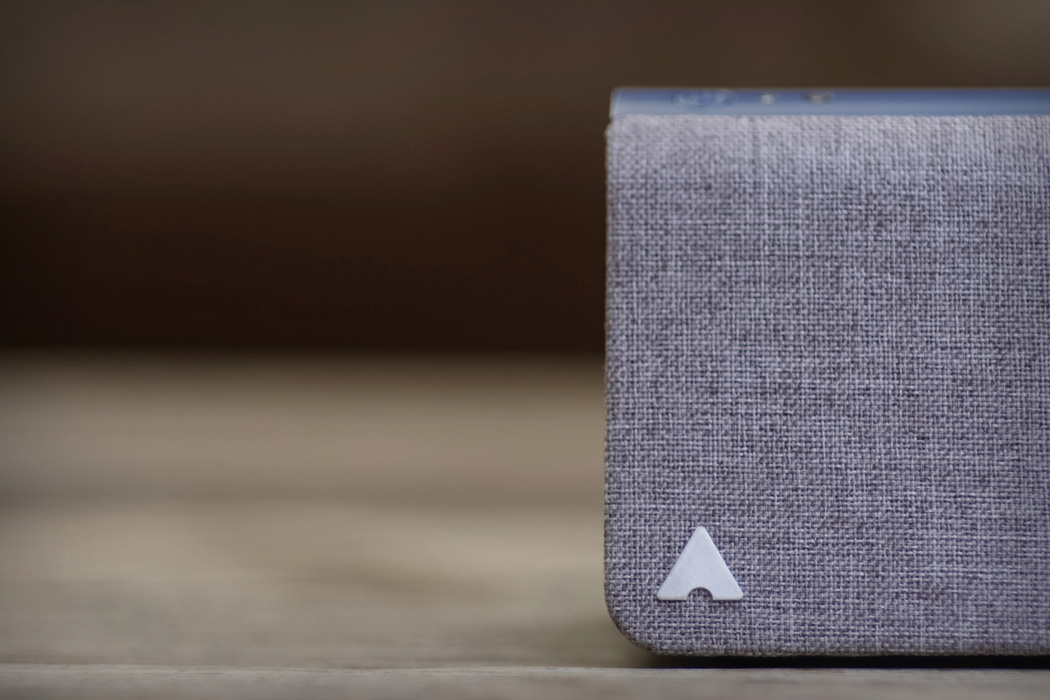
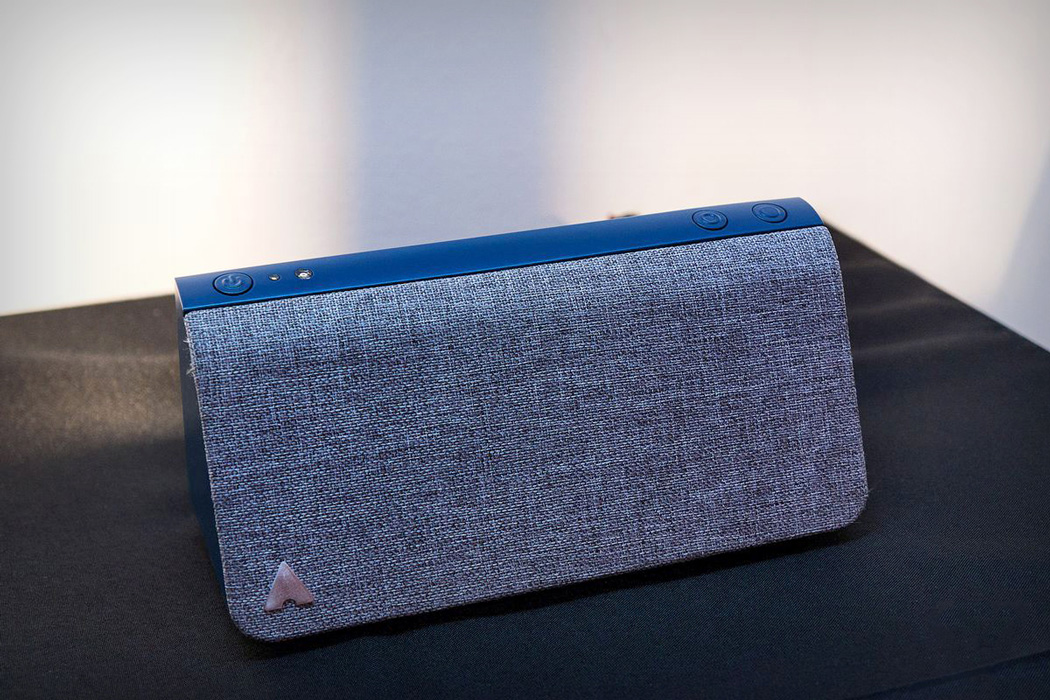
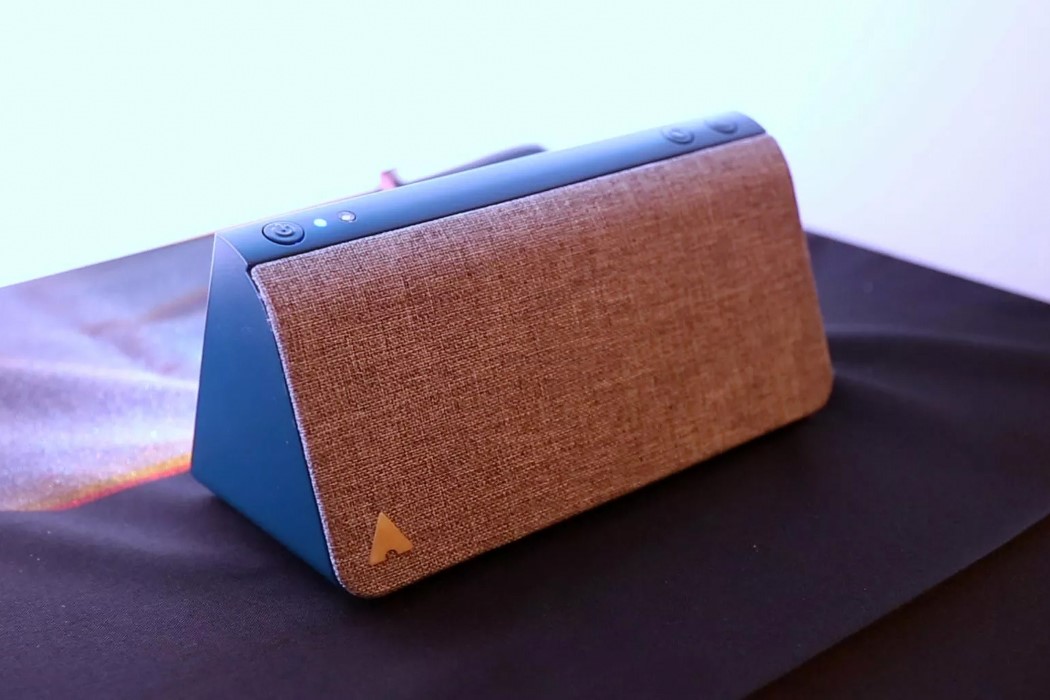
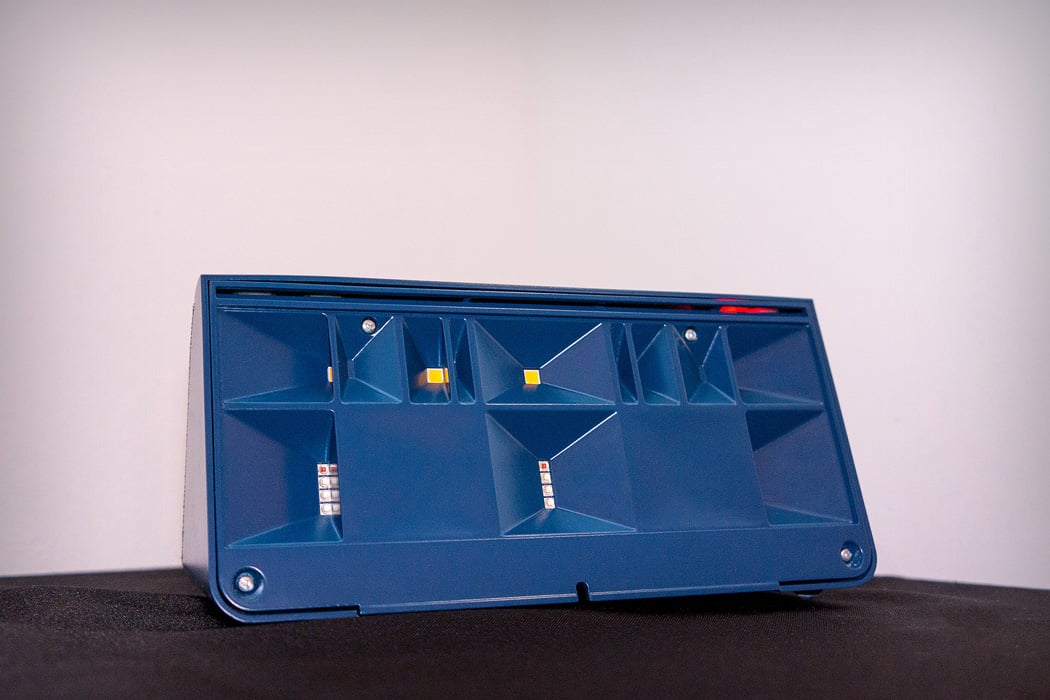
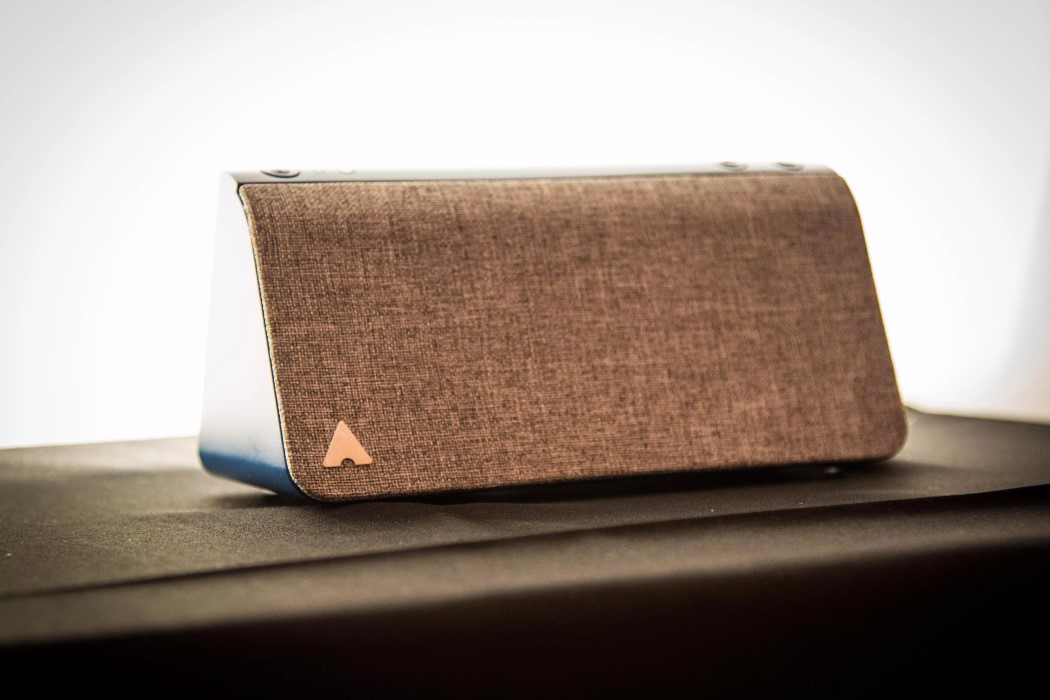
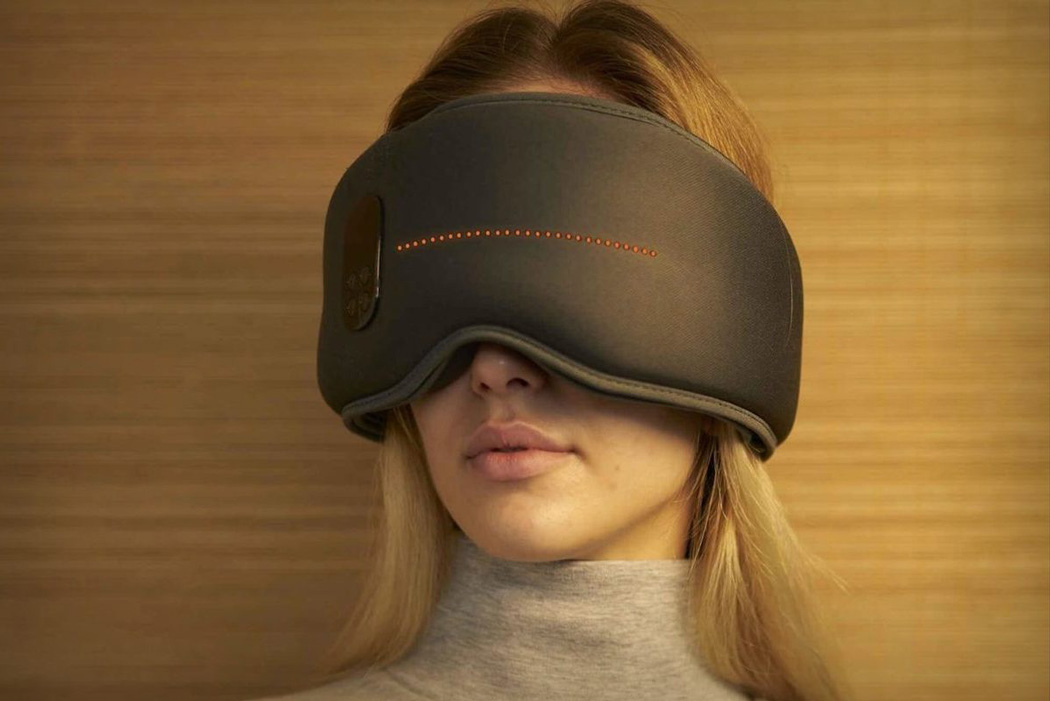
It seems as though getting a good night’s sleep is somewhat of a dream these days, which is ironic. I find myself tossing and turning, trying app after product after app to “track” my sleep pattern in an effort to enhance it – but to no avail. Maybe Dreamlight’s Rechargeable Sleep Mask could be the answer to my troubles. Using light technology, Dreamlight helps you sleep and experience optimal rest.
Like all good sleep tech, this sleep mask tracks your sleep patterns each time you use it. Considering it’s a sleep mask, it really does prevent any interference both visually and auditorily. That being said, the user has the option to play their own music through the embedded speakers, or they can use the preinstalled playlists that are in the accompanying app. Like any good app, this guy can learn from your pattern to find the optimal time to wake you up and to use the same lights to put you into a deep sleep, can be used to softly wake you up at the right time. Albeit the claims being made by Dreamlight seem somewhat perfect, you are wrapping a pillow around your head before you go to sleep, so I do wonder how that feels.
Designer: Dreamlight
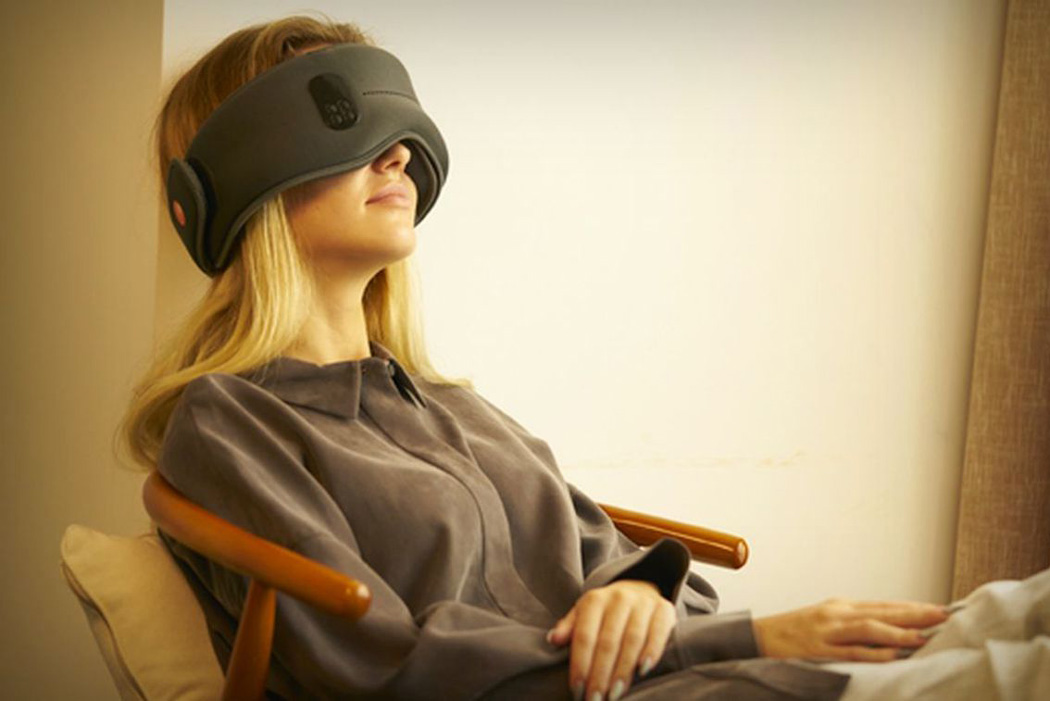
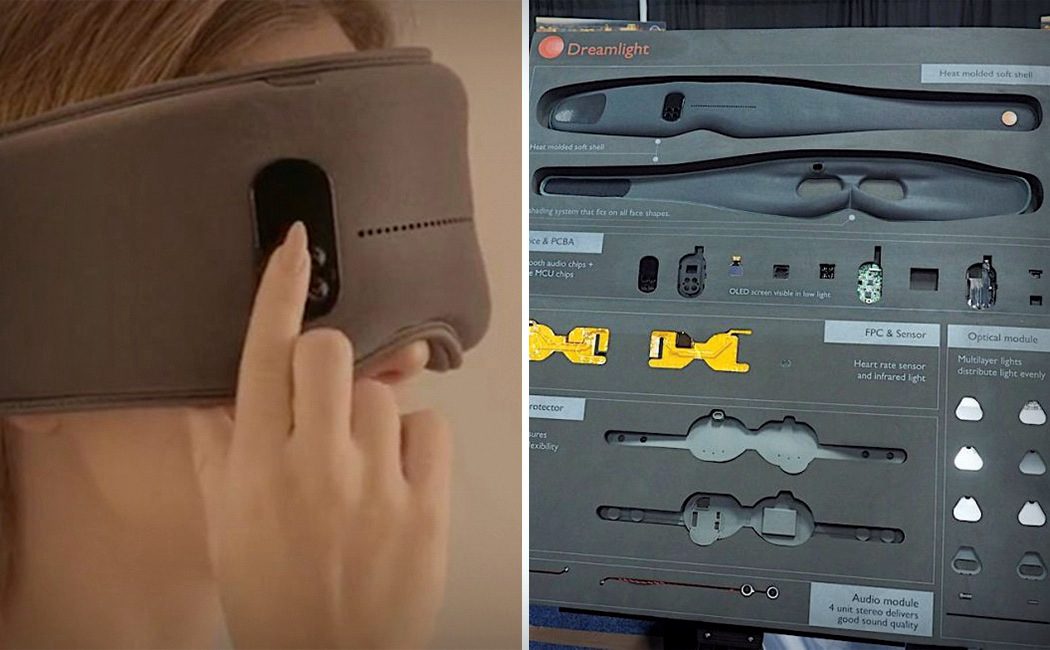
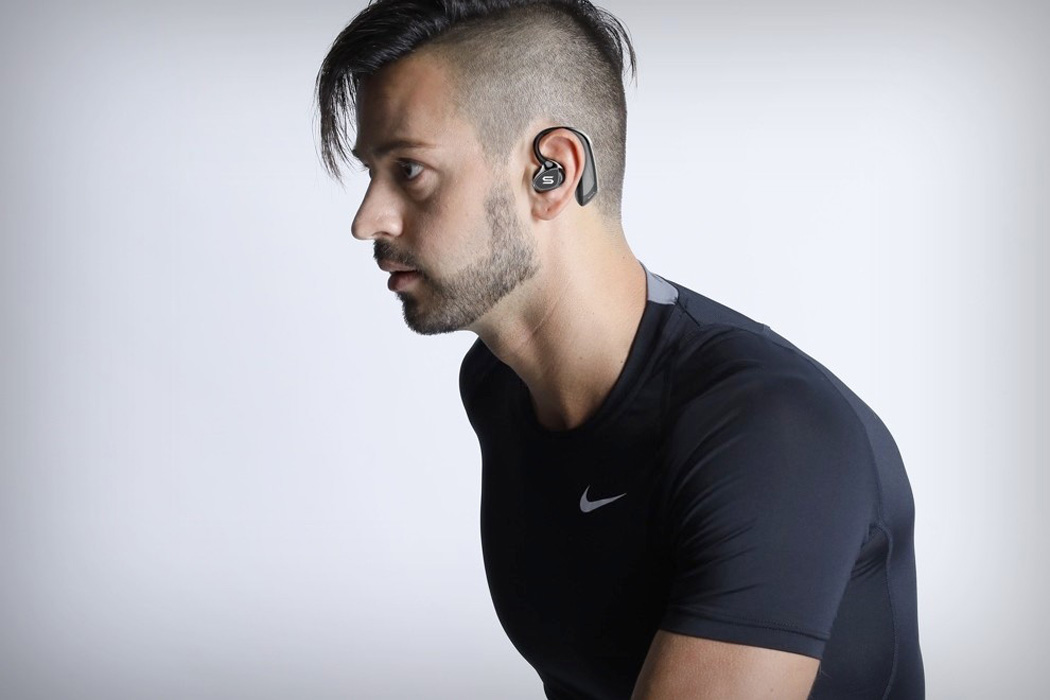
CES brings out the best in us all, and when I say that, I mean it showcases products that could probably make us better individuals. Take Soul Electronics, for example, debuting two in-ear headphones (the Run Free Pro-Bio and Blade) at CES with built-in gait analysis specifically for runners. Soul Electronics boasts having built-in sensors and a kickass accompanying app that can you tell you, while you’re running if your strides/form is off and how to correct it.
Being a long distance runner myself, these nifty headphones could have prevented a long list of injuries. Tracking a mixture of data sets such as; cadence, step length, step width, vertical oscillation (the up and down bounce of your body), head tilt angle, stance/flight time, shock, maximum leg force, balance, and consistency – the Run Free Pro-Bio and Blade have the potential to be a real game changer. And of course, it goes without saying that these guys are sweatproof given their application.
Designer: Soul Electronics
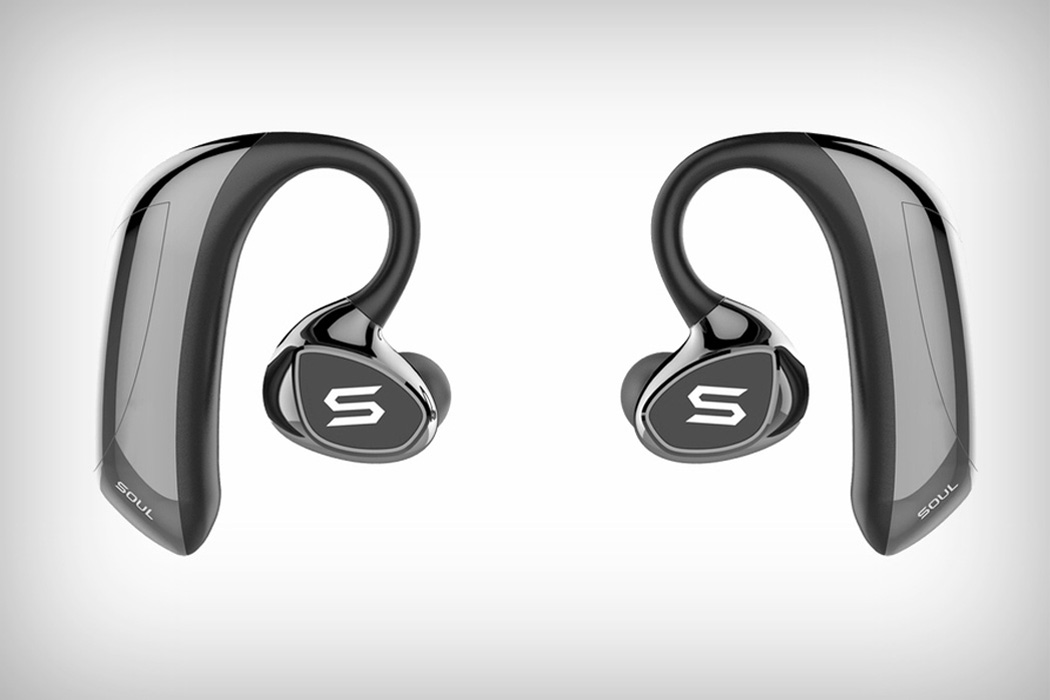
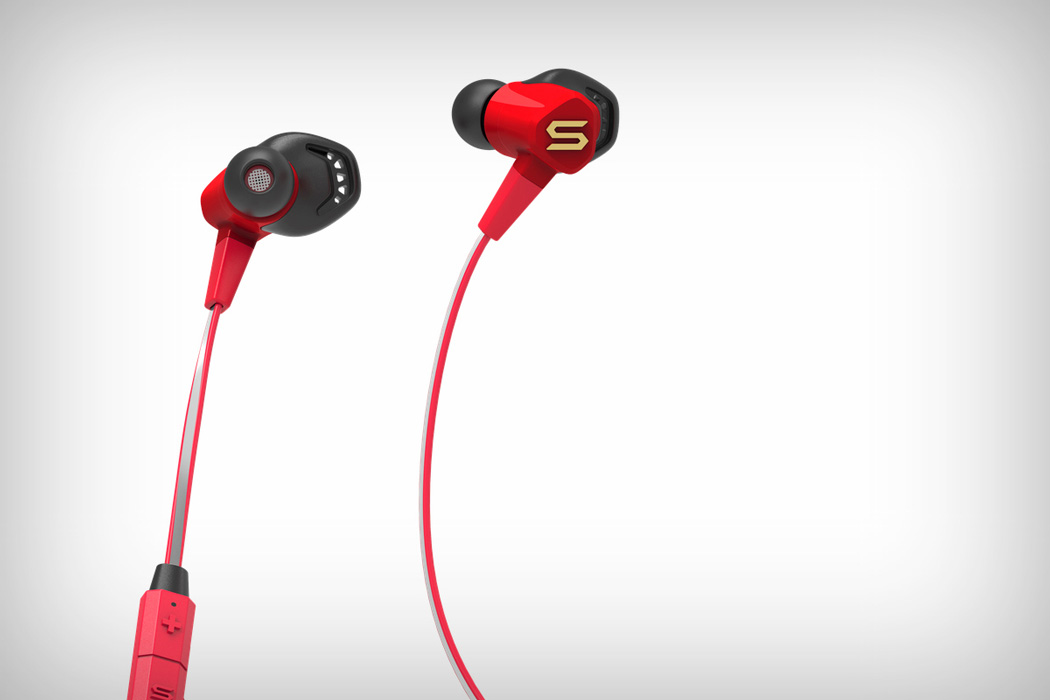
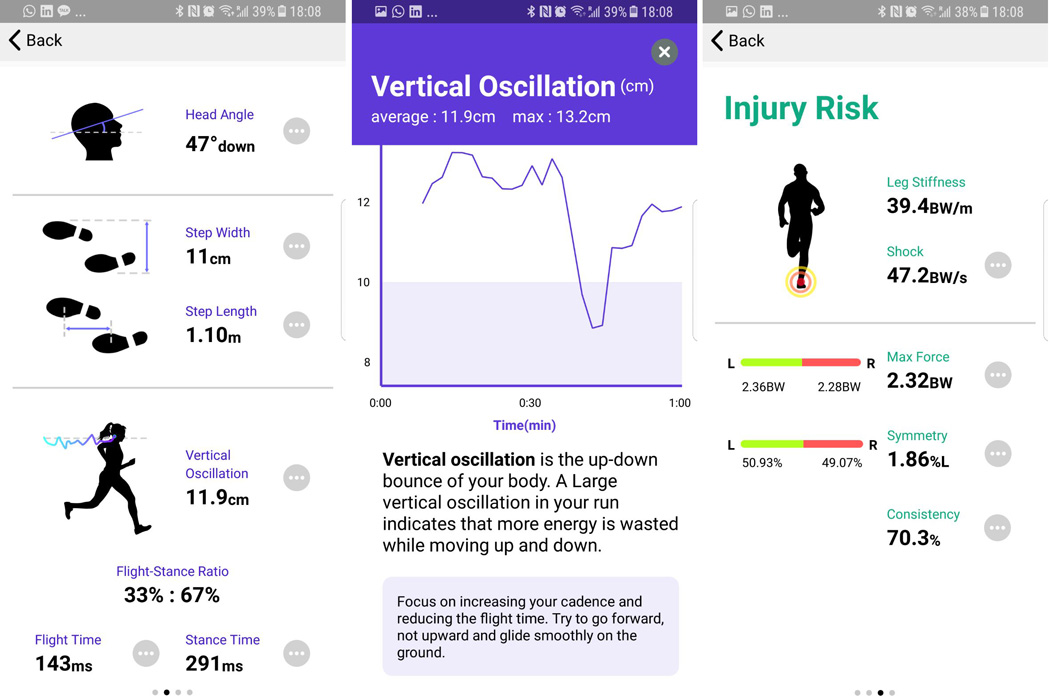
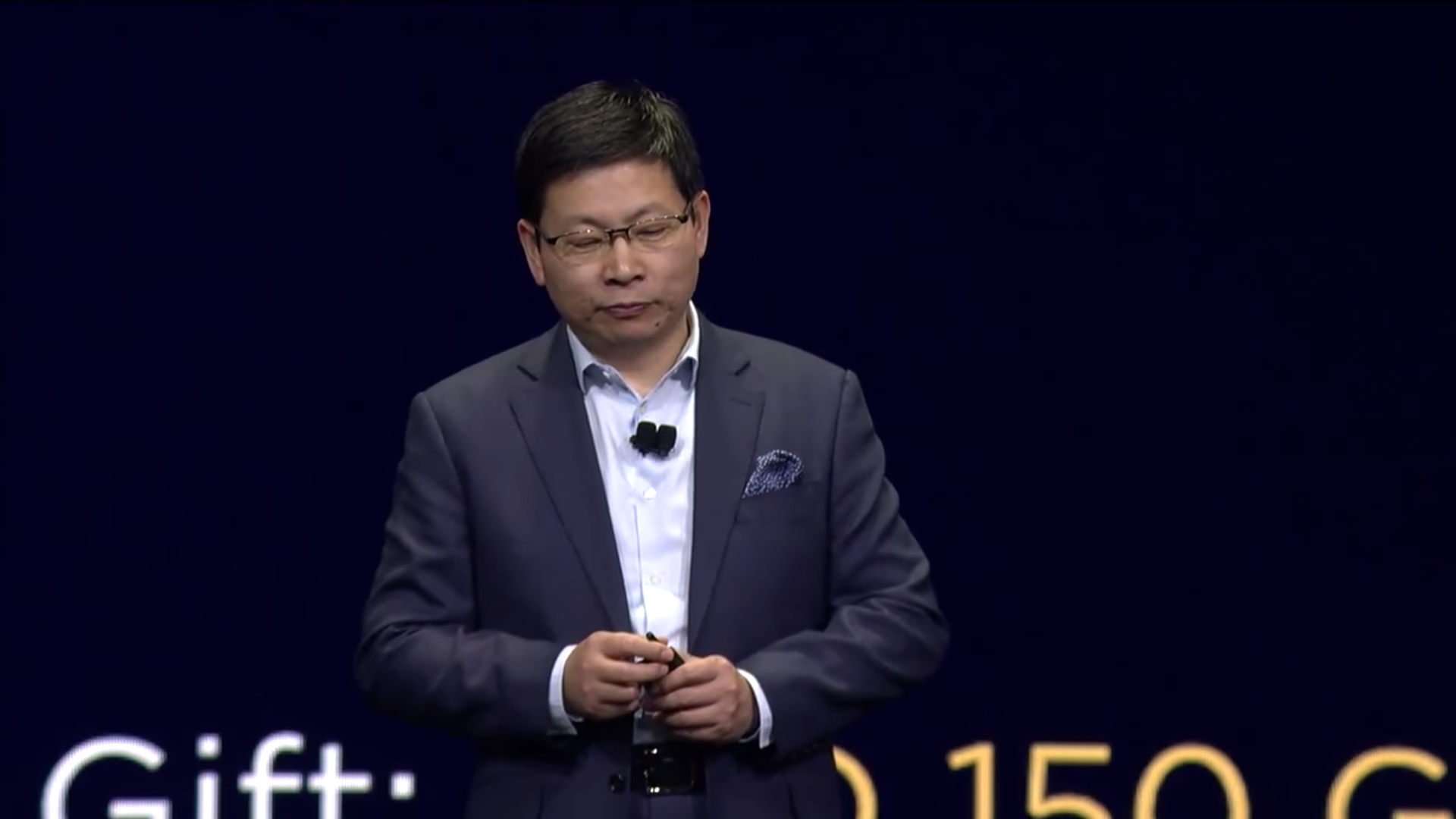 Standing in front of a slide simply titled "Something I want to share," the CEO of Huawei's consumer product division is about to break tradition. Richard Yu is going to directly address the reported partnership with AT&T that fell through at the...
Standing in front of a slide simply titled "Something I want to share," the CEO of Huawei's consumer product division is about to break tradition. Richard Yu is going to directly address the reported partnership with AT&T that fell through at the...
Very rarely do you see companies one-upping Amazon. There’s no messing with them, because they have the ability to cripple and then devour companies that come in their way. Having said that, Robomart becomes the David to the Amazon Goliath with their grocery/retail outlet drones.
The autonomous vehicles are pretty simple. Businesses make use of these cars to send their goods/supplies/wares to consumers who need them. A consumer simply taps a button to request a Robomart which pulls up to the location. They pick up the items they wish to purchase and the Robomart intelligently tracks the inventory that’s been picked up, making an itemized invoice and sending it to the consumer. Think of it as an Amazon Go, but you don’t go anywhere. It comes to you. So an Amazon “Come”, if you will…
The Robomarts work using NVidia’s Inception program to run their autonomous fleet. Using a combination of sensors and cameras, both inside and outside the car, the vehicle can move from place to place, allowing people to shop without the need of staff or even a cashier. The car itself can be customized to show off its partner company’s branding, while the shelves on the inside come with customizable tags, allowing you to display anything from baked goods, to fast food, to groceries, to even flowers. The car’s interiors stay refrigerated to make sure your food stays fresh. I hate to say this, but “Your move, Amazon”…
Designer: Robomarts
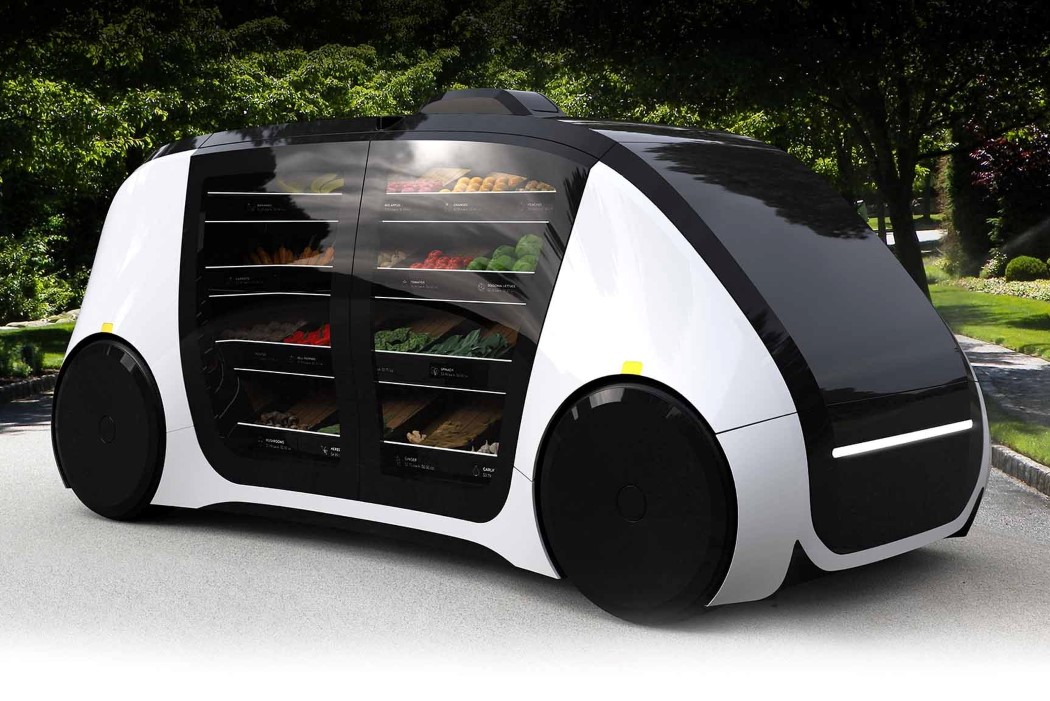
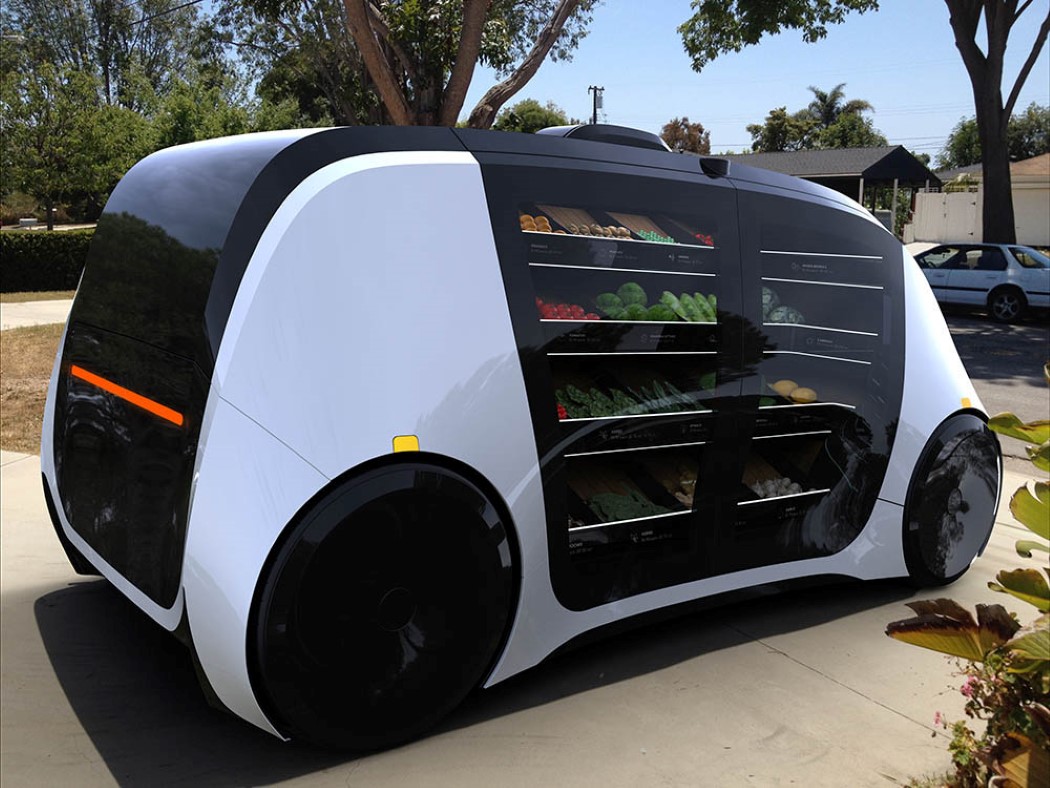
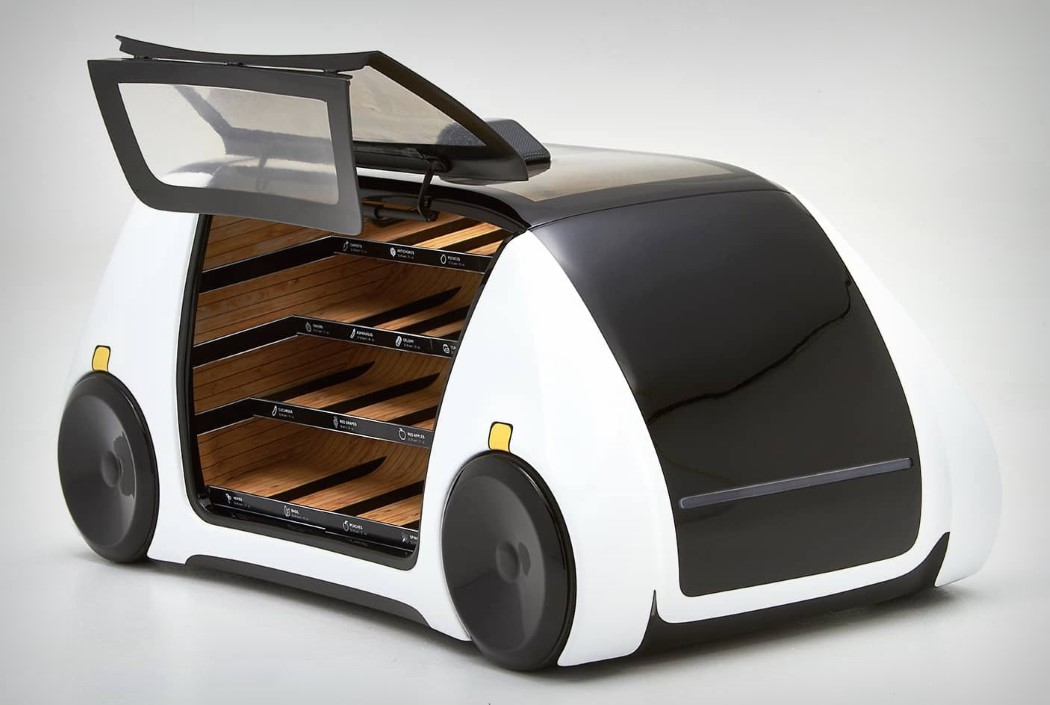
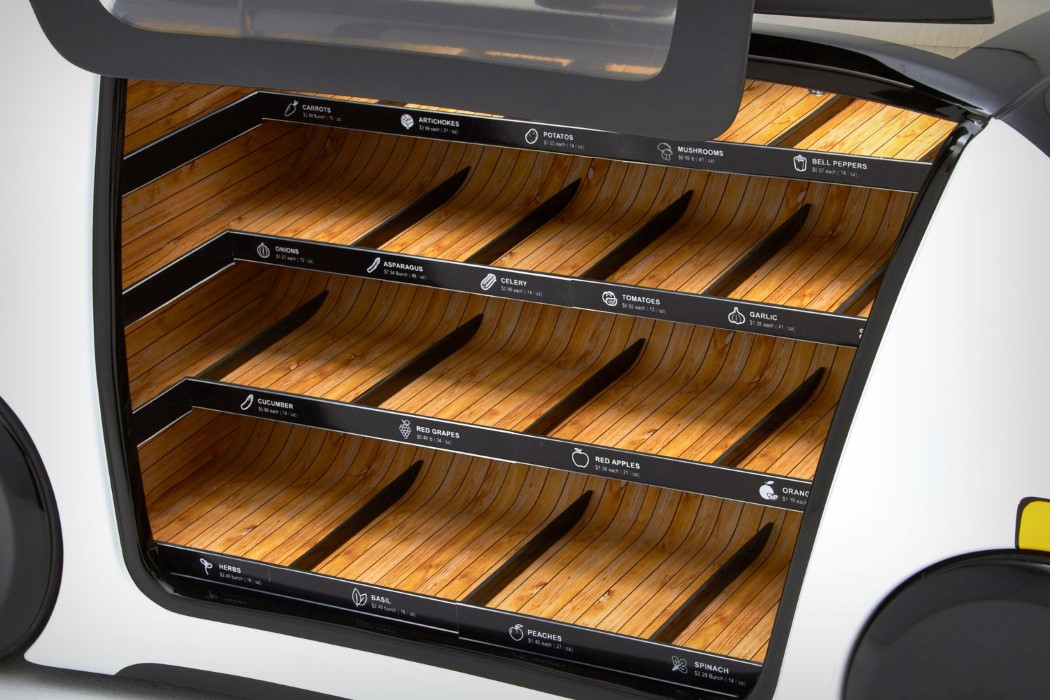
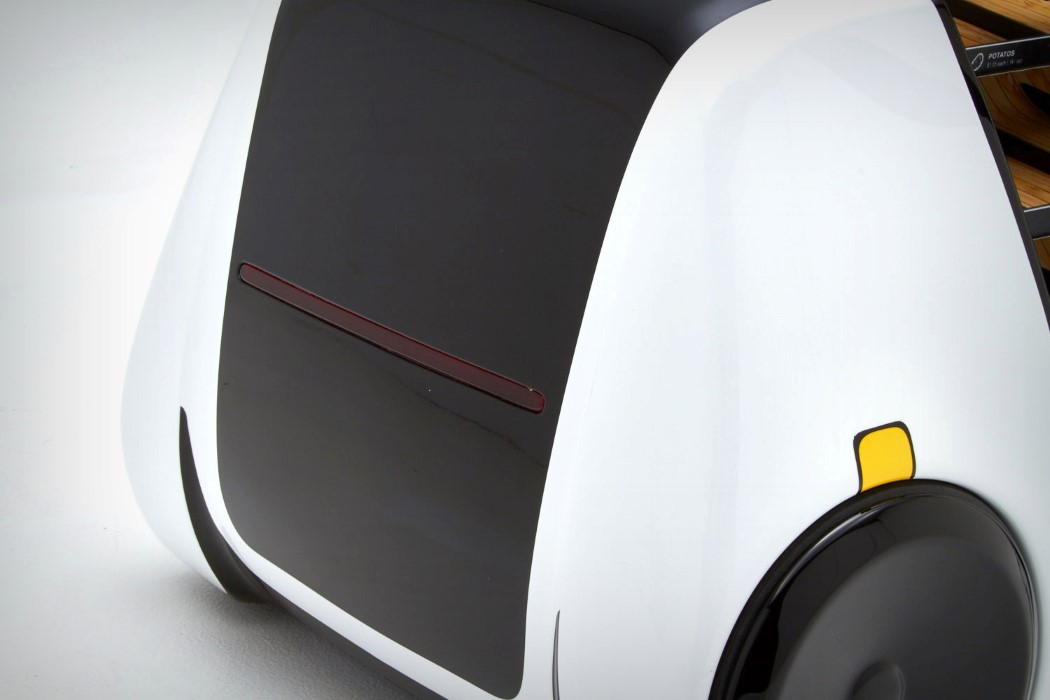
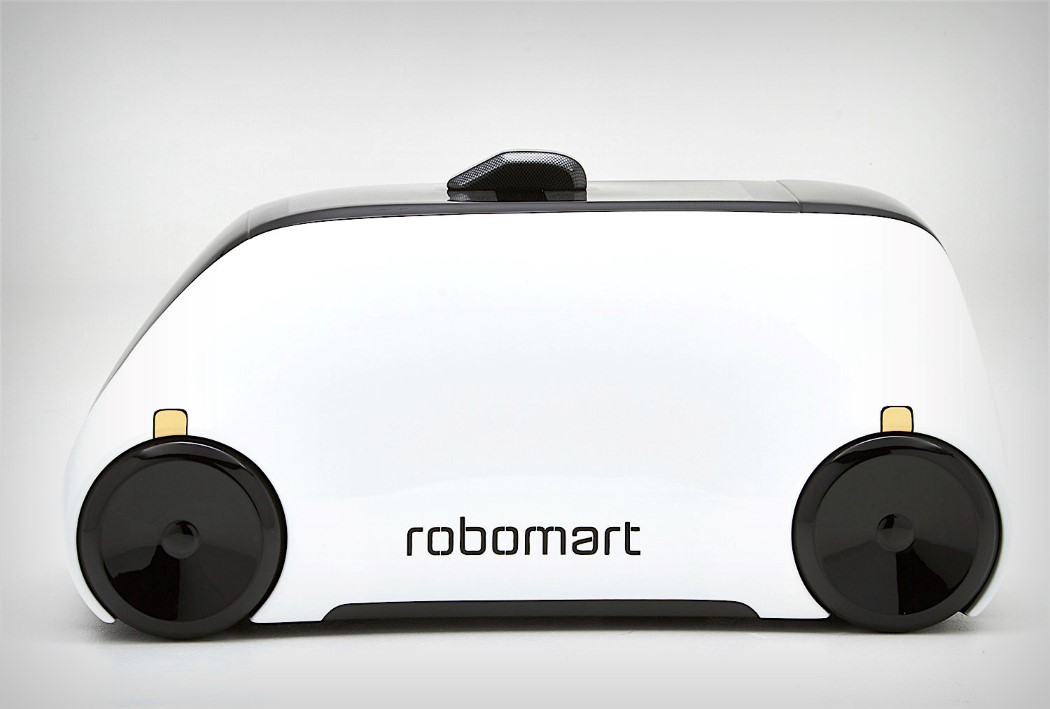
The one thing that makes Apple so desirable is the one thing that will kill it. Exclusivity. While it tries hard to make everybody adopt its technology, the truth still remains that over 80% of smartphone users use Android, and that inclusive strategy is the one to beat. Google’s betting hard on that strategy by now making its AI assistant available to third parties to integrate into their hardware. Take for instance JBL’s Link View. It combines the best of both worlds… JBL’s heavy-hitting audio, along with Google’s incredibly integrated experience. The JBL Link View is basically JBL’s wireless audio with a screen that allows you to interact with Google’s Assistant, letting the speaker not just be an audio device, but something MUCH more useful.
Google isn’t a hardware company. JBL is. Google doesn’t care whether you use the Google Home speaker, it just wants you to rely on its impeccable service… and JBL helps deliver on that! The Link View comes with a screen sitting between two 10W speakers. Flip it over and you see the JBL logo resting on a subwoofer that adds that heart-warming bass to your audio that the Google Home Mini isn’t capable of providing. The 8-inch HD screen itself lets you look at everything from album art, to your photos, to recipes, to google searches, to even your appointment schedule. Ah… life!
Designer: JBL (with Google)
